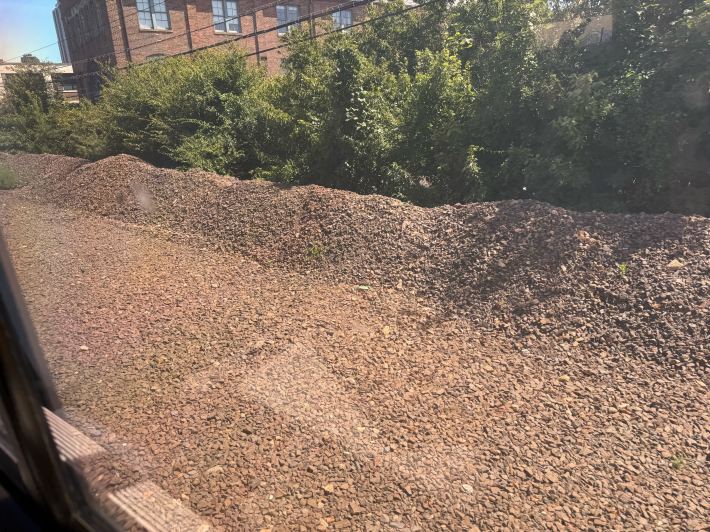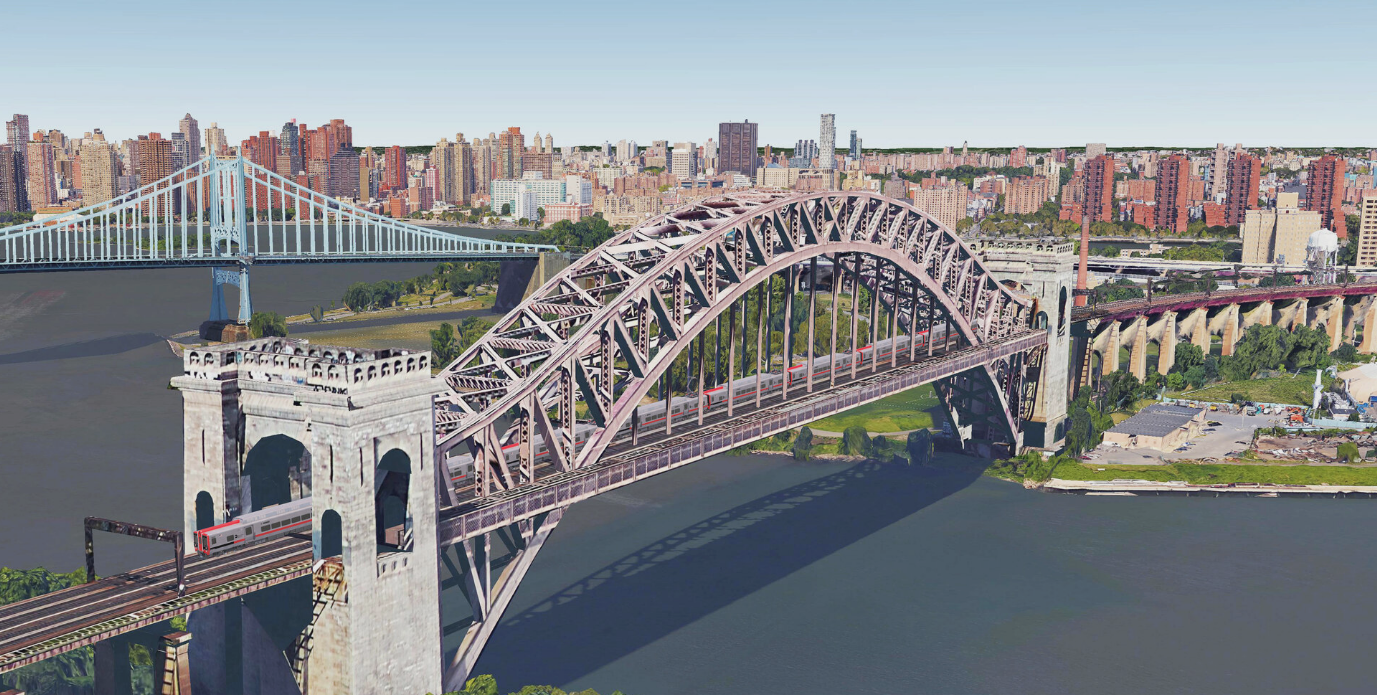Amtrak? More like off-track.
The MTA's ambitious Penn Access project — which aims to build four new Metro-North stations in the East and South Bronx to speed tens of thousands of commuters to Penn Station — is delayed until 2030 at the earliest. And the blame belongs entirely to Amtrak, MTA officials said on Monday.
In a presentation to the MTA Capital Plan Committee, MTA Construction and Development President Jamie Torres-Springer excoriated the national rail system for not making good on promises to cut power and provide the required supervisory personnel so that the MTA could work inside the existing Amtrak-owned right-of-way.
"This project has been troubled from the start, and that's predominantly due to the fact that we're working on Amtrak territory, subject to Amtrak's cooperation and oversight," said Torres-Springer.

Penn Access would expand the existing Amtrak right-of-way from two tracks to four. The project began with an outrageous lack of track access for the MTA's contractor, and that has now cascaded into years of delays, Torres-Springer said.
"I don't think this is in dispute: of the 48 outages committed to on paper in an agreement between Amtrak and the MTA, only seven were provided in the first two years," he said. "[Amtrak] can quibble and say actually it was seven and a half or eight, but, we did not get the outages in the first two years, and that set the project spiraling off in the wrong direction."
In addition to declining to give the MTA the service outages that were promised, Amtrak failed to provide a required supervisor almost 200 times after an agreed-upon service outage — and as a result the MTA's contractor was sending workers to a job site just to stand around. The lack of track access in 2022 and 2023 meant that the MTA couldn't finish installing a key track switch called the Leggett Interlocking that allows work to be done without disrupting Amtrak service.
Originally scheduled to be finished by January 2024, the interlocking wasn't actually done until this June. Yet even after the interlocking was installed, Amtrak was still falling short of its obligations and failing to provide supervisory employees it demanded be on job sites to oversee work, a process known as "force account," according to an outside analyst hired by the MTA. As a result, pieces of the larger project have been unable to move forward as planned.
"At least one, maybe two, and sometimes three activities a day were impacted by the lack of force account not being sufficient enough to do the work activity," said Melissa Morea, an independent expert with Ankura Scheduling Consultants.

Why is this happening?
Torres-Springer compared the Penn Access project to another MTA commuter rail expansion, the third track project that added an additional track to the main line of the Long Island Rail Road. That project, by the same contractor that's working on Penn Access, also involved multiple service outages on a busy rail line, station demolition and construction. But that project came in on time and under budget — unlike the similar project that relies on Amtrak's cooperation.
When the Penn Access project broke ground in December 2022, the MTA announced it would be finished by 2027. But within a month, it was clear there were problems: Suddenly, the MTA said that needed nine more months to finish preliminary work. And then earlier this year, the MTA announced that the project would not be finished until 2028.
But more trouble was on the horizon. Three weeks ago, MTA Chairman and CEO Janno Lieber let loose with a tirade that recalled his youth hockey days, blasting Amtrak for consistently failing to live up to its promises to provide agreed upon track outages and supervisory employees to oversee the work.
"The people in Co-op City are waiting for a goddamn train and it's outrageous," the exasperated transit boss almost shouted.
Lieber followed up on Monday by saying that the MTA was going public with its issues with Amtrak in order to avoid a repeat of the notorious East Side Access project, which was also hampered because Amtrak refused to allow work on its property.
"East Side Access ... took close to 10 years too long, because, in part, Amtrak owned all the infrastructure, and work couldn't get done just like this," said Lieber. "So this is deadly serious. This is the MTA trying to figure out, 'Let's not have East Side Access again.'"
To avoid that situation, Torres-Springer said that the MTA does have a plan to at least get something out of the project by 2027. The MTA says it can begin to run some Metro-North service to temporary stations in Co-op City, Morris Park and Parkchester/Van Nest, but only if Amtrak agrees to the service plan. Hunts Point will have to wait.
The 2027 service pattern would provide five Manhattan-bound peak trains during the morning peak, five Bronx-bound trains during the afternoon peak, two reverse peak trains during the morning rush and hourly service in each direction on weekdays between 6 a.m. and 8:30 p.m. MTA executives said they were confident that the proposed service idea is completely within the bounds of what the current two-track layout can handle.
A spokesperson for Amtrak said that the railroad was not made aware of, or included in, the MTA's independent review of the project, and did not comment on the MTA's demand to allow service starting in 2027, but did say Amtrak would nonetheless make sure Penn Access was not further delayed.
"We remain committed to this critical project, and being good stewards of taxpayer investment for Amtrak, MTA customers, New York residents, and travelers," said Amtrak spokesperson Jason Abrams. "Specific to minimizing delays and expediting the project’s completion; Amtrak is collaborating with the MTA on numerous mitigation strategies."






